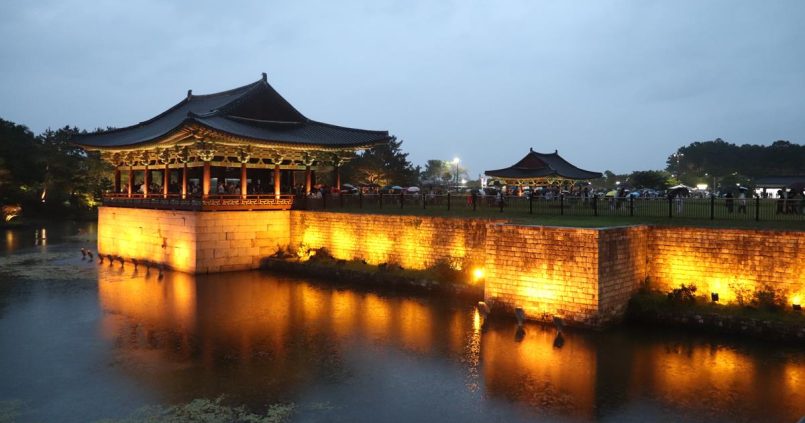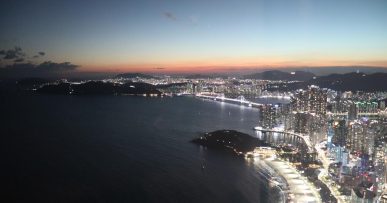This 12-hour tour started at 10 am with an 80-minute minibus ride to Bulguksa Buddhist Temple, the first stop. It was a brisk day, around 17 to 20 degrees Celcius, with wind gusts and slight rain from 5 pm to 730 pm.
Bulguksa Buddhist Temple:
Bulguksa is a Buddhist temple in Gyeongju, North Gyeongsang Province. It is the head temple of the Jogye Order of Korean Buddhism. It contains six National Treasures, including the Dabotap and Seokgatap stone pagodas, Cheongun-go (Blue Cloud Bridge), and two gilt-bronze Buddha statues.
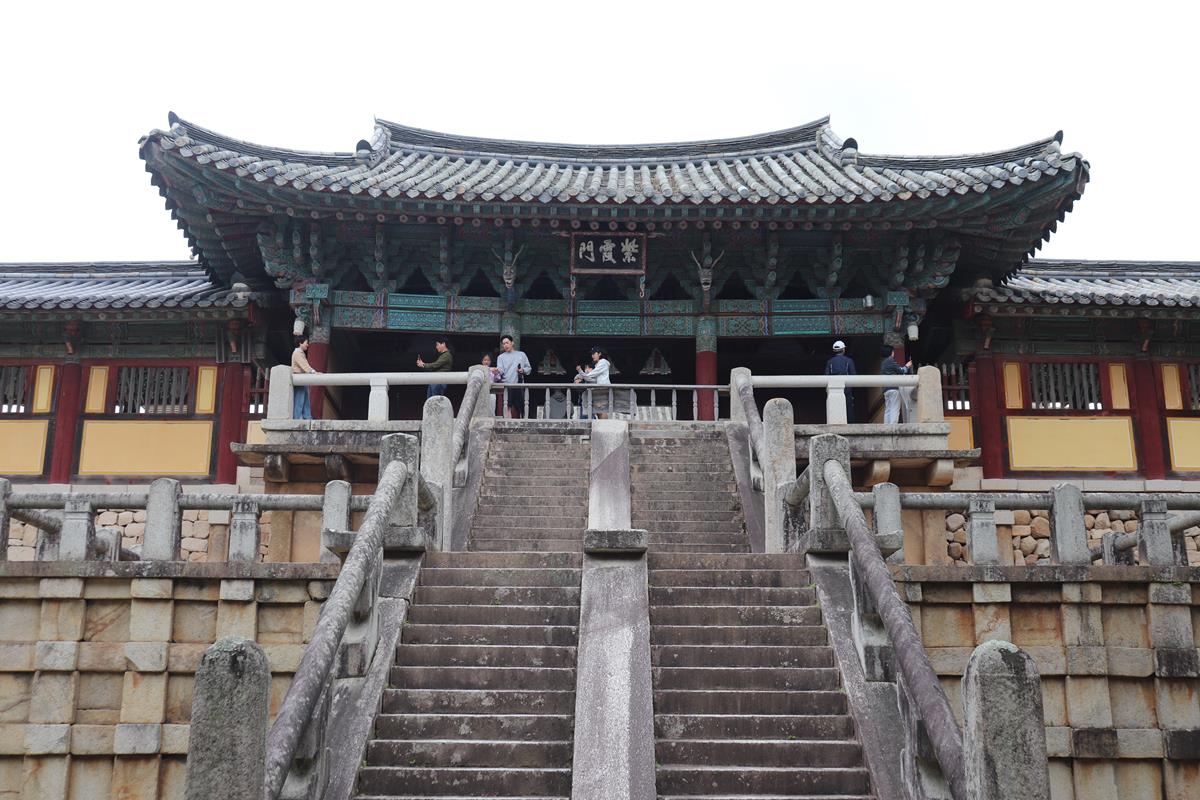
The South Korean government classified the temple as Historic and Scenic Site No. 1. In 1995, Bulguksa Temple was added to the UNESCO World Heritage List.
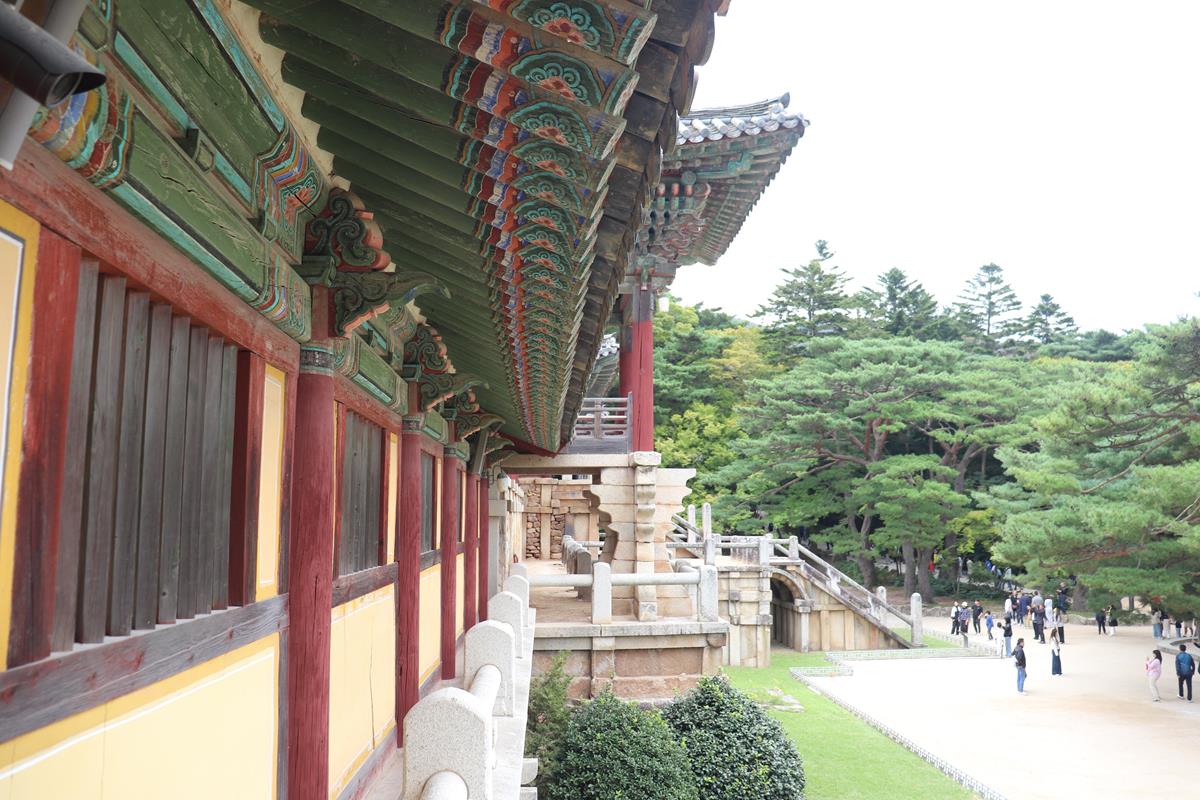
The temple is considered a masterpiece of the golden age of Buddhist art in the Silla kingdom. It is the head temple of the 11th district of the Jogye Order of Korean Buddhism.

Woljeonggyo Bridge and Woljeonggyo Stepping Stones:
Woljeonggyo Bridge, located in Gyo-dong, Gyeongju, was built during the Unified Silla period (AD 676-935) but burned down during the Joseon dynasty. Historical research has revealed that the bridge was rebuilt in April 2018 to become the largest wooden bridge in Korea.
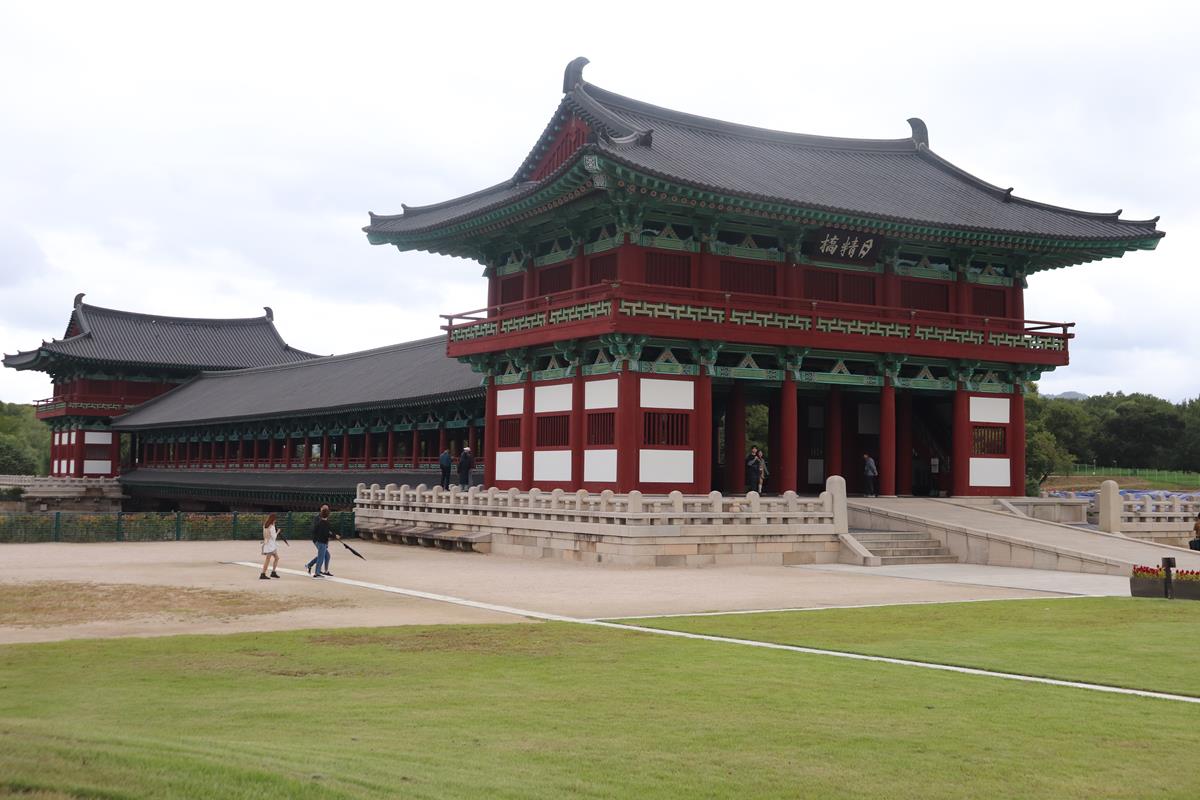
According to Samguk Sagi (History of the Three Kingdoms), the bridge was built during the 19th year of King Gyeongdeok’s reign (AD 760), connecting Wolseong and Namsan together.

The bridge was first rebuilt from 2008 to 2013, and the finishing touches were added from April 2016 to April 2018.
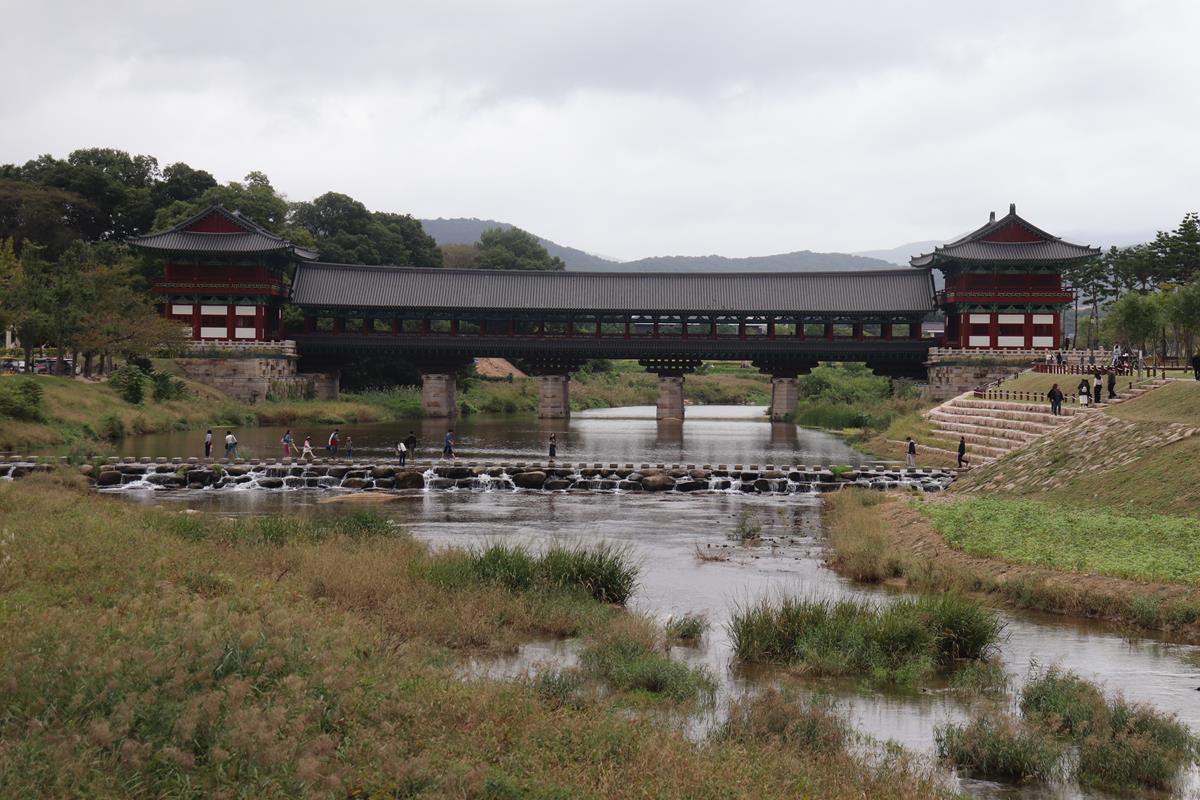
Gyeongju Gyochon Traditional Village:
Visitors can see the House of the Gyeongju Choi Clan at Gyeongju Gyochon Village. The village centers around the Gyeongju Choi Clan, a family known to have maintained its wealth for over 12 generations and produced many important people.
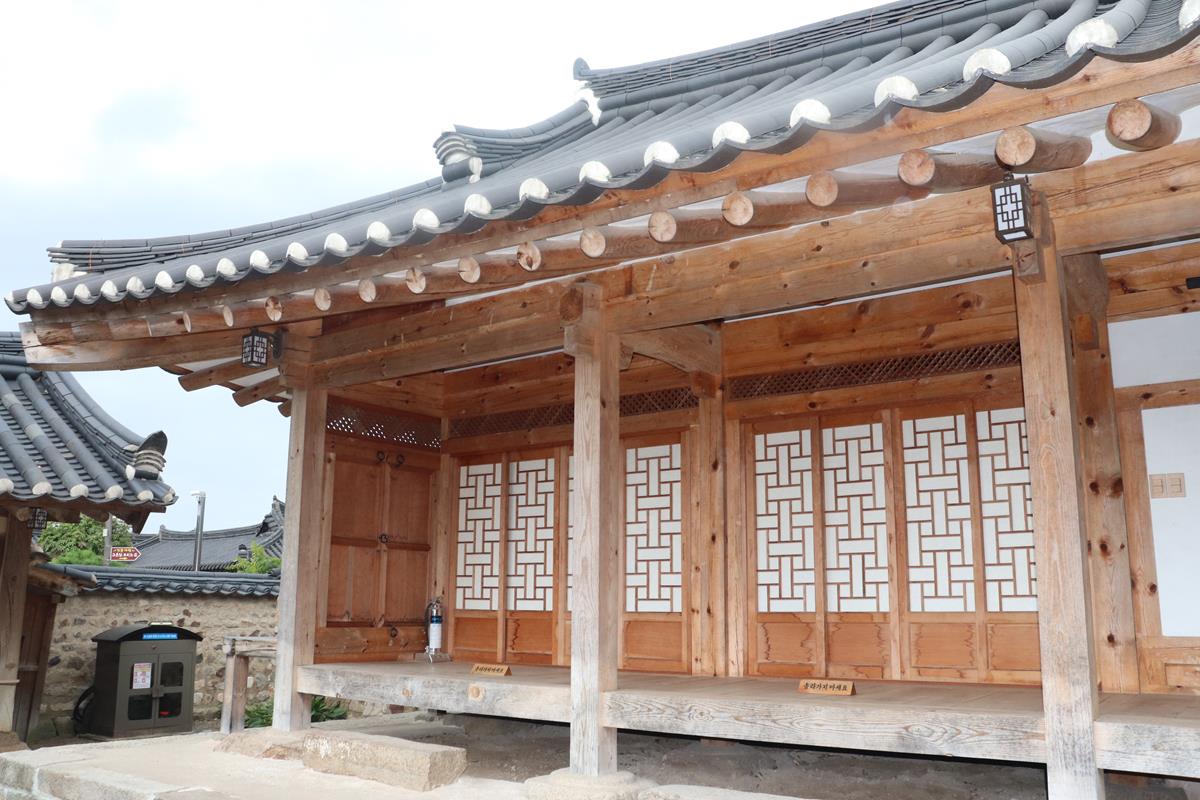
Visitors can learn about the lifestyle and spending habits that enabled the family to do this. The village is also home to the site of Yoseokgung, the house of Silla Princess Yoseok.
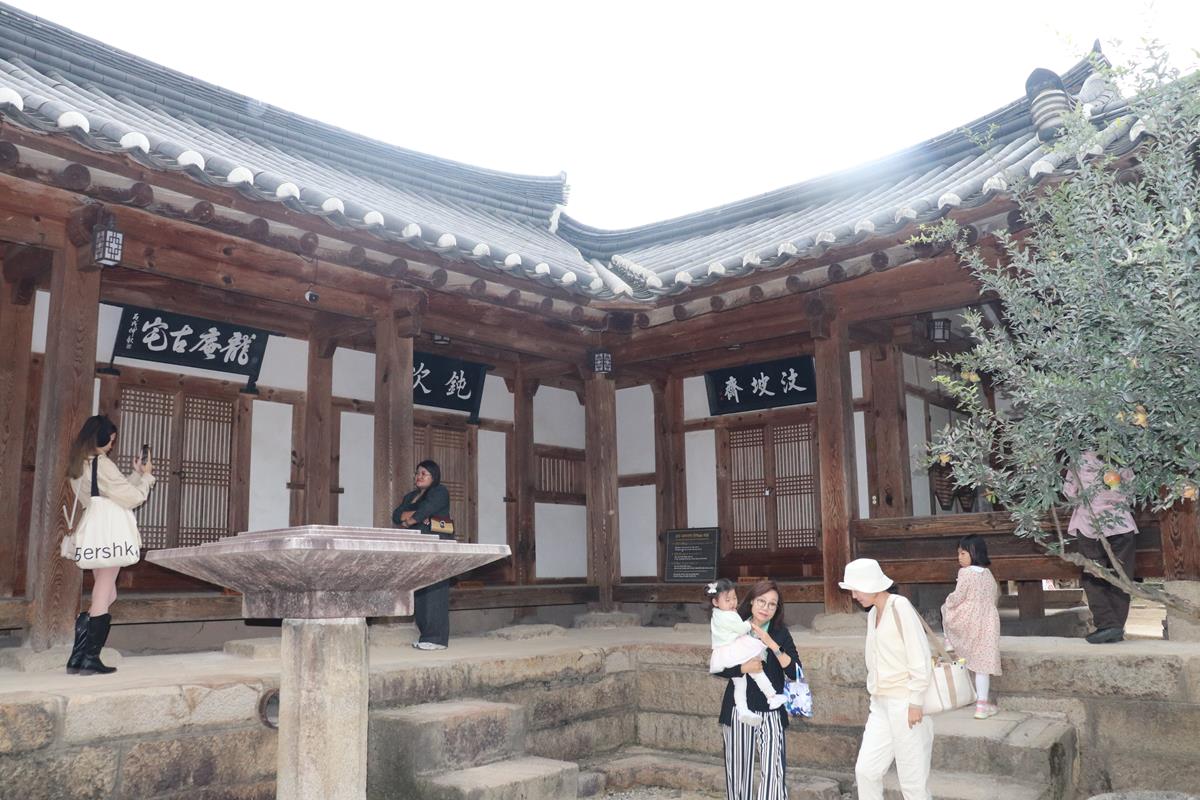
Daereungwon Tomb Complex:
Gyeongju Daereungwon Tomb Complex consists of five tombs: the Ancient Tombs of Gyeongju Nodong-ri, Noseo-ri, Hwangnam-ri, Hwango-ri, and Inwang-ri. The tombs are located in the Daereungwon area and are distributed in Hwangnam-dong, Gyeongju-si.
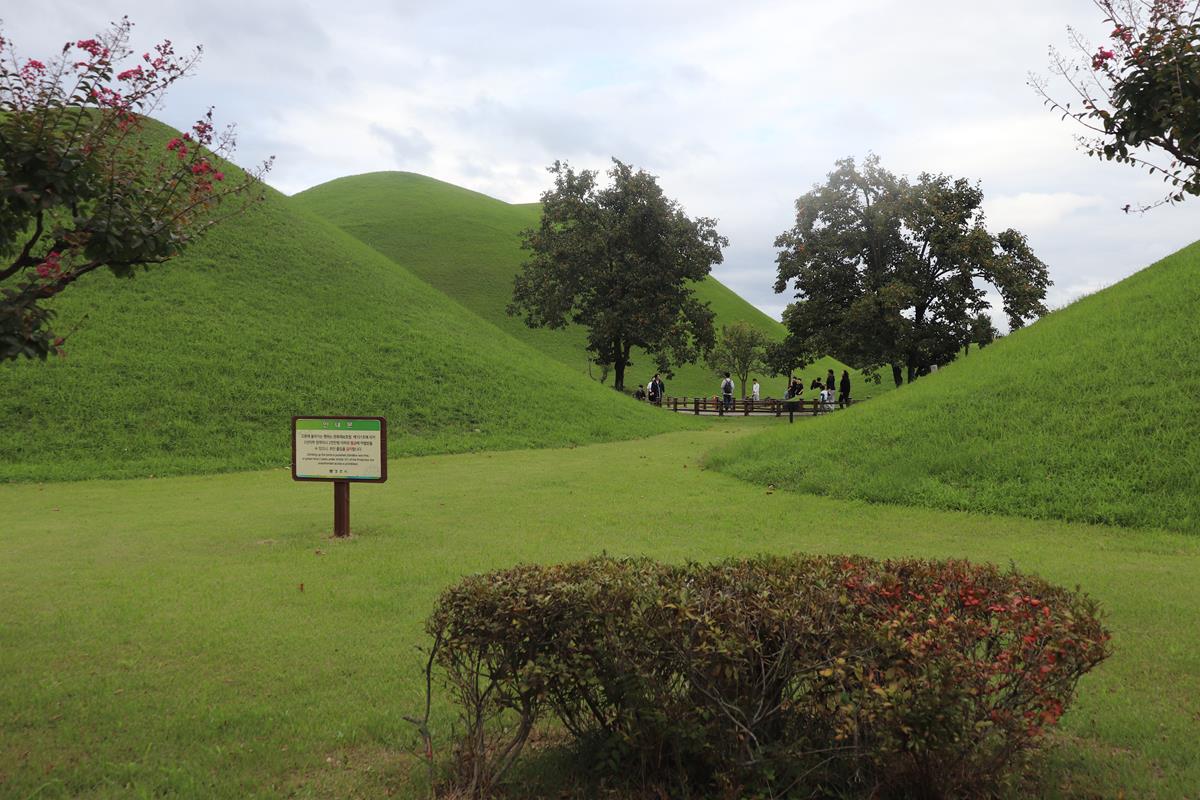
Within the Daereungwon Tomb Complex is Cheonmachong Tomb, which was excavated in 1973. Furthermore, the Hwangnamdaechong Tomb, a set of twin tombs belonging to a presumed married couple, was excavated between 1973 and 1975.
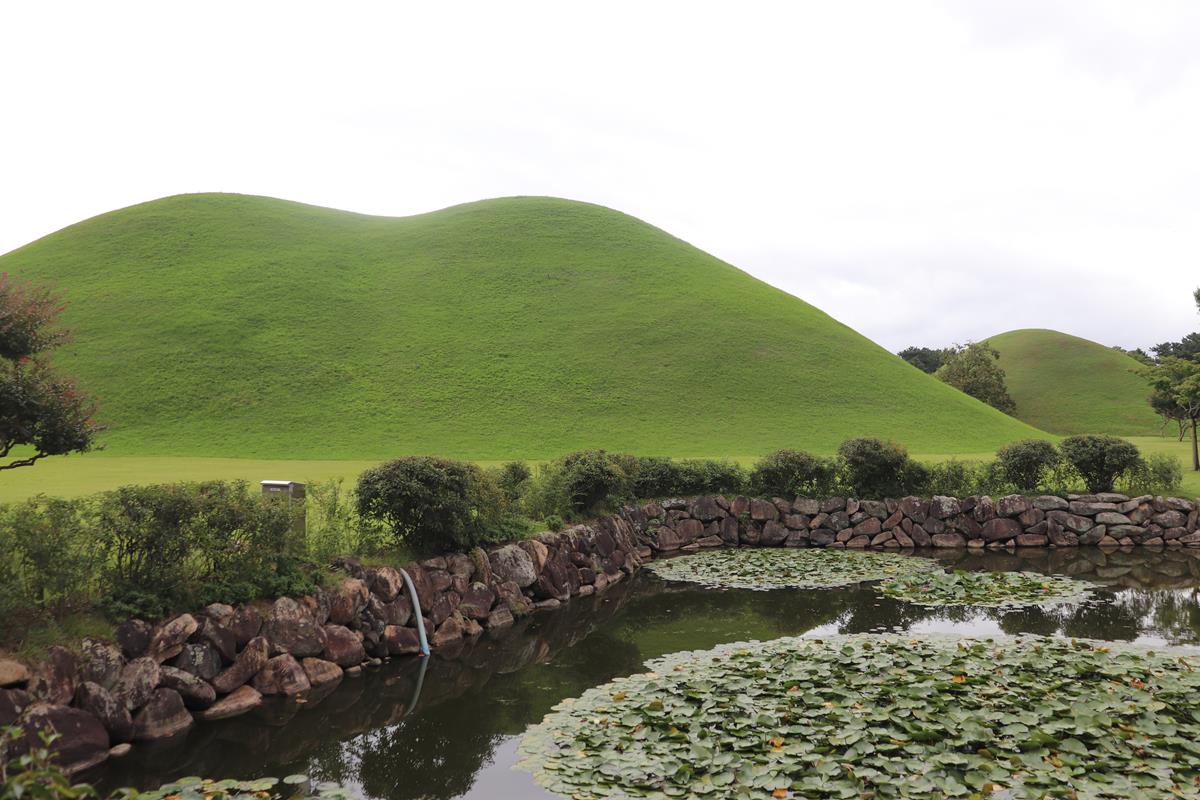
There was an hour-long queue to enter the main tomb when I visited.
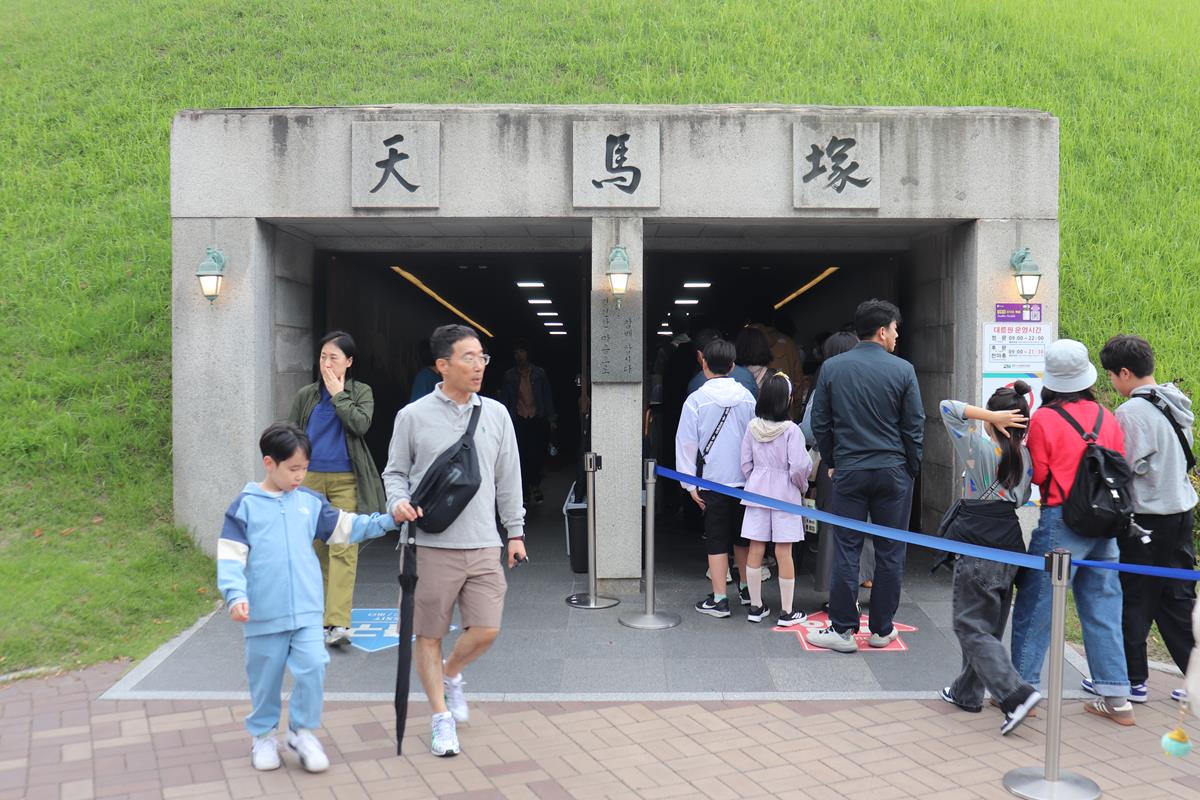
Hwangnidan-gil Village:
The street is home to numerous restaurants, cafes, photo studios, and shops housed in traditional Hanok buildings, making it popular among the younger generations in Korea. The remaining old and worn buildings were built during the 1960s and ’70s.
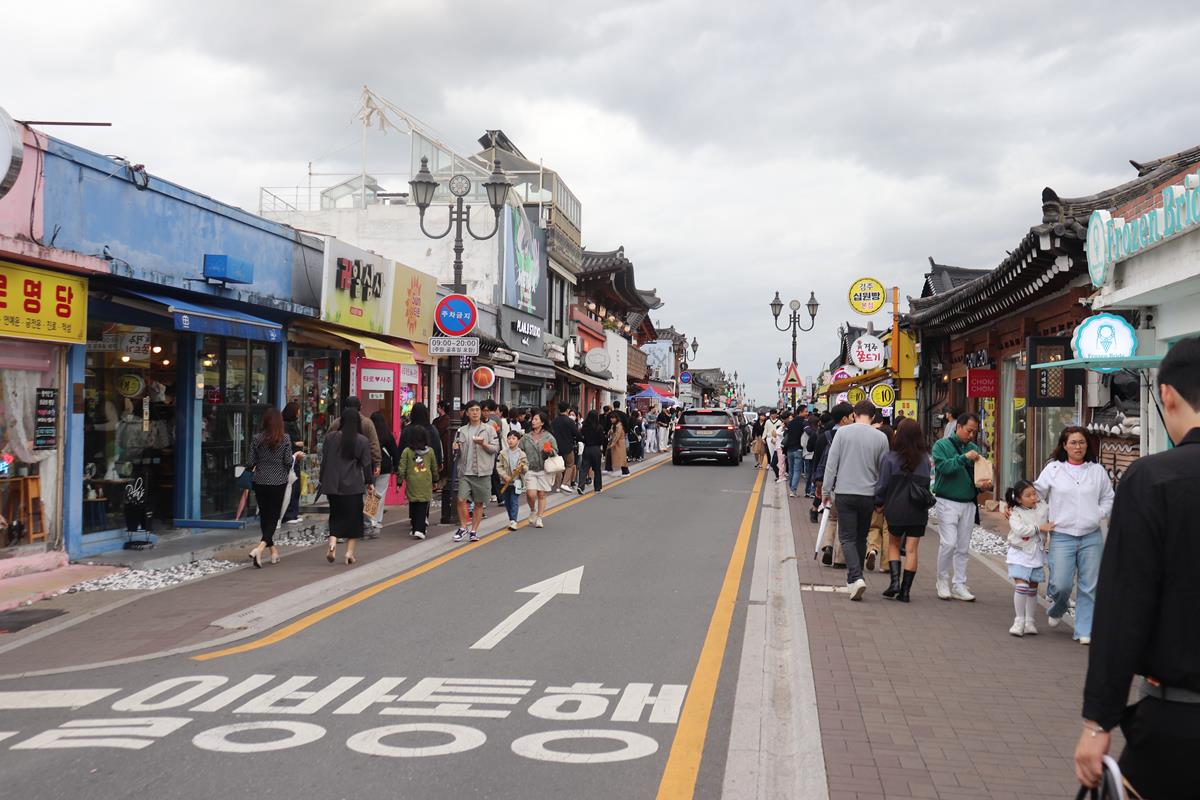
Donggung Palace & Wolji Pond:
Donggung Palace and Wolji Pond in Gyeongju are secondary palace sites of Silla. The palace, along with other secondary palaces, was used as the eastern palace where the prince lived, and banquets were held during auspicious events or to welcome important guests.
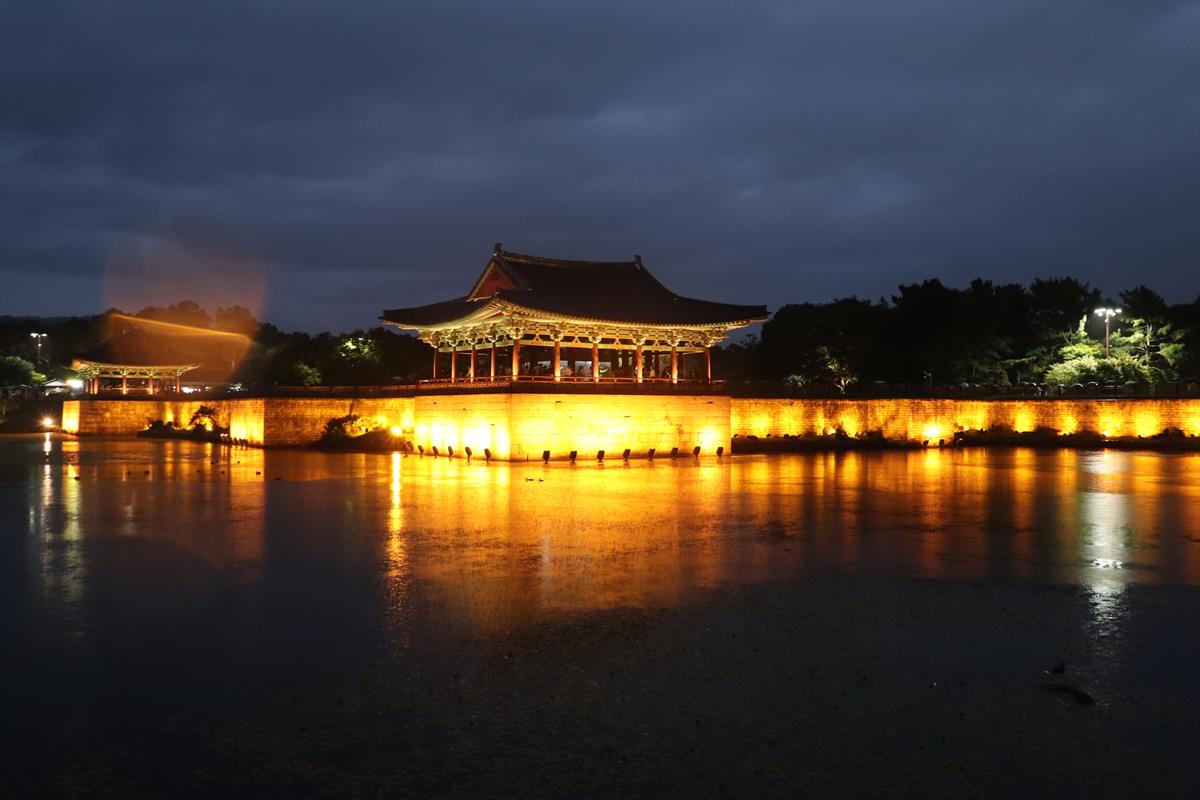
It is also where King Gyeongsun of Silla invited King Wang Geon of Goryeo and had a feast to complain about the critical situation in 931 after being invaded by Gyeon Hwon.
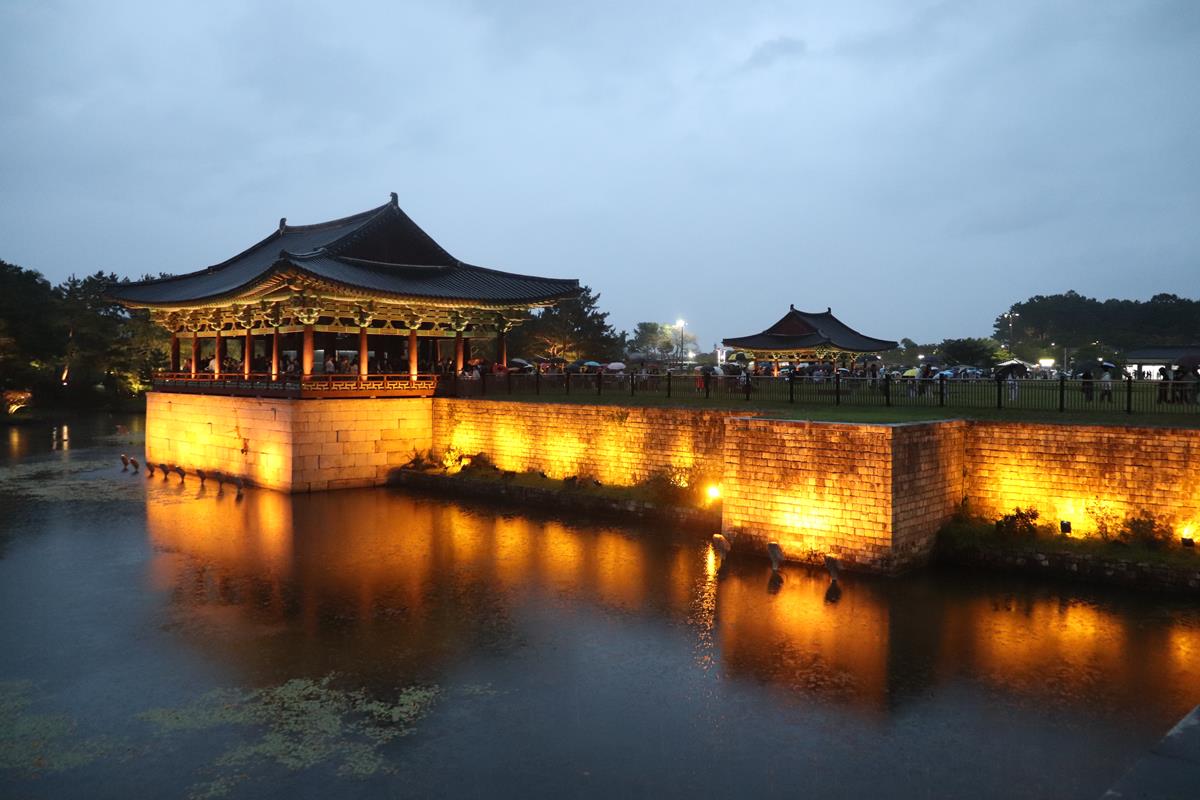
After unifying the three kingdoms, Silla’s King Munmu dug a large pond in the 14th year of his reign (674), creating three islands in the center of the pond along with a 12-peaked mountain to the northeast.
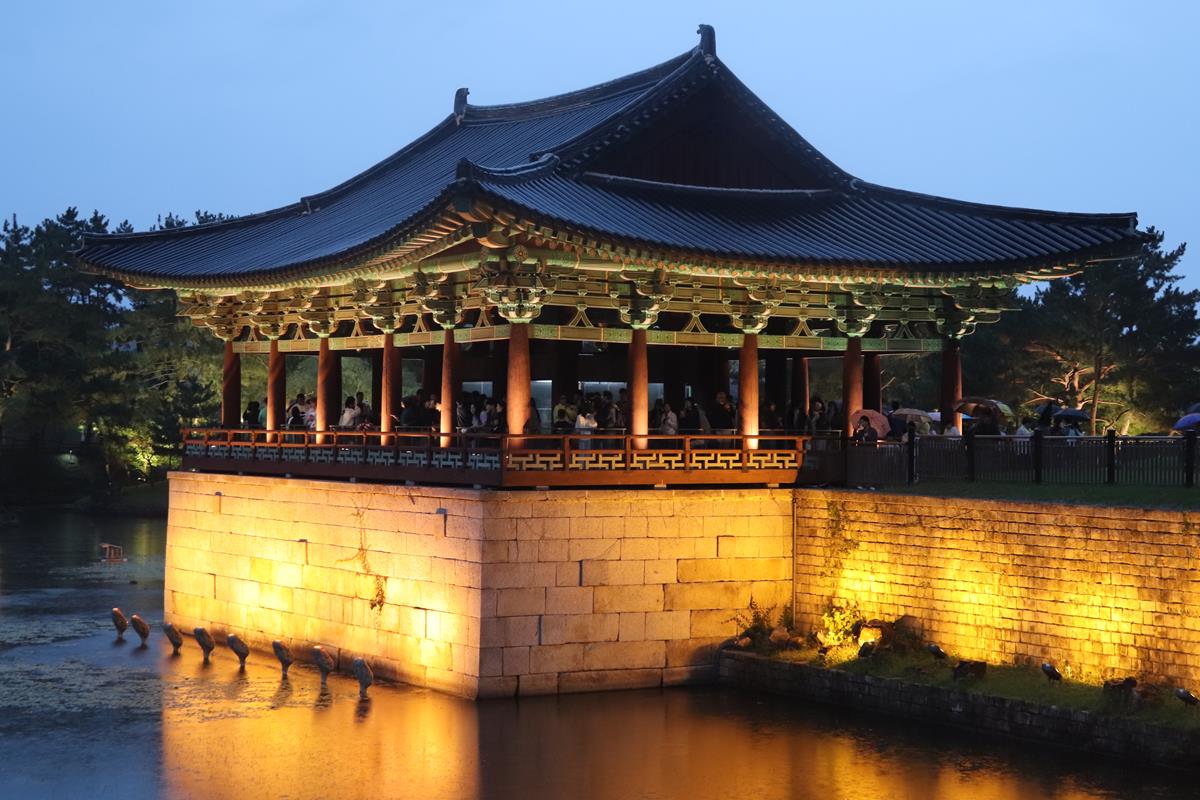
Beautiful flowers and trees were planted here, and rare birds and animals were raised. In the Samguksagi (History of the Three Kingdoms) from the Goryeo dynasty, there is only a record of Imhaejeon Hall and no mention of Anapji Pond.
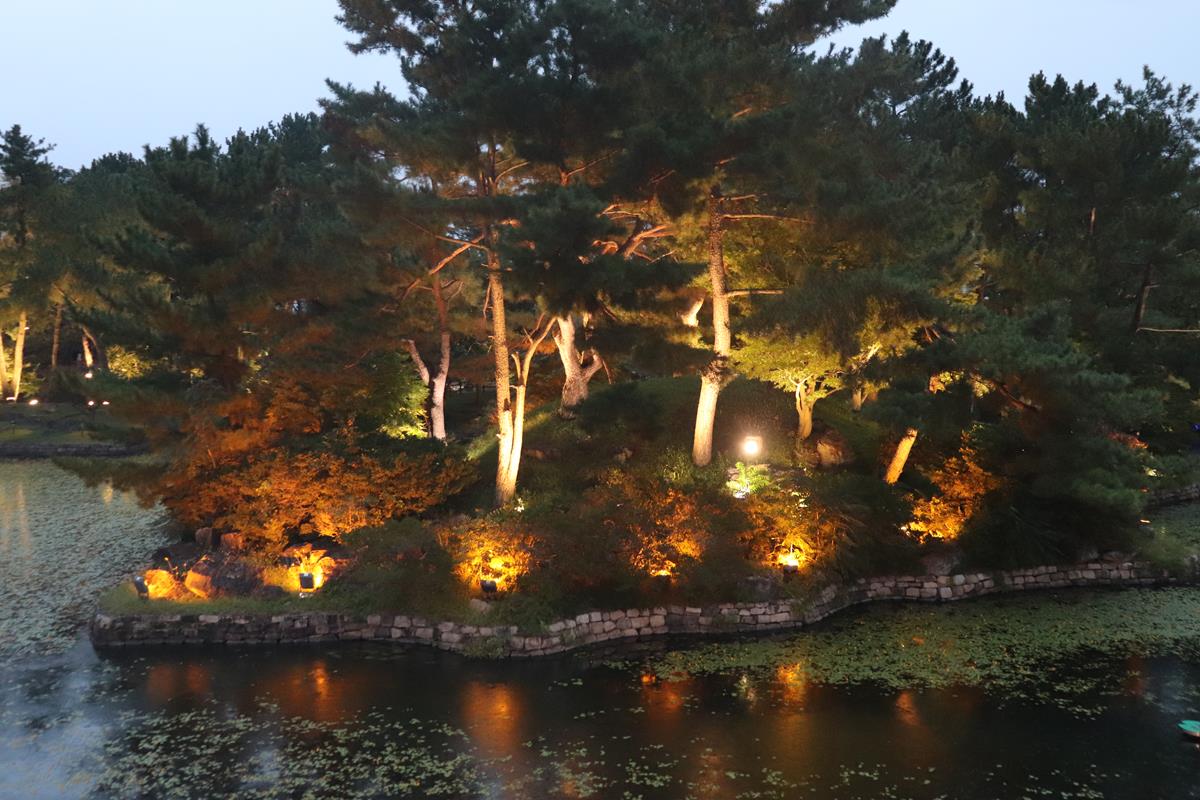
Slideshow Video (75 images)

